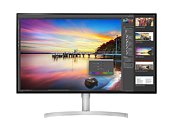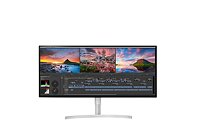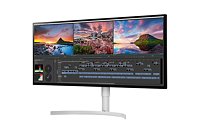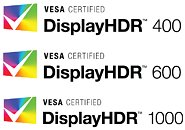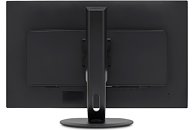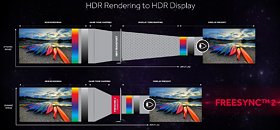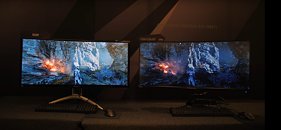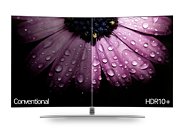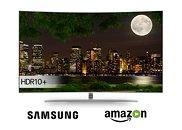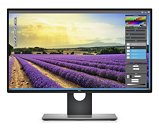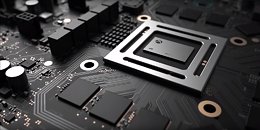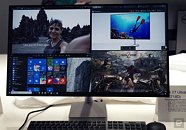
ViewSonic Unveils Next Level Gaming and Entertainment Monitors
ViewSonic Corp., a leading global provider of visual solution products, introduces its next generation of gaming and entertainment monitors to its award-winning lineup. These new XG and VX monitors deliver the ultimate in fluidity and fast response times for motion-based content, whether playing the latest first-person shooter (FPS) game or bingeing on the latest television series on any streaming service. Packed with the latest display technologies and enhancements, the new ViewSonic gaming monitor models include: XG2560, XG3220 and XG3540C; and the entertainment models include: VX2758-C-MH and VX3258-2KC-MHD.
ViewSonic expanded its gaming monitor portfolio to deliver a paramount immersive experience for playing a variety of games. The XG2560 is a 25-inch monitor with Full HD 1080p resolution, NVIDIA G-SYNC technology, and a 240Hz refresh rate. With Ultra HD 4K resolution, the XG3220 is a 32-inch monitor that features HDR10 (High Dynamic Range) support and AMD FreeSync technology. The XG3540C is a 35-inch curved widescreen display with a 21:9 aspect ratio, Ultra-Wide QHD (3840x1440) resolution, and a refresh rate of 100Hz. Each monitor comes with a feature called Game Mode with customizable settings to provide gamers the ability to fine-tune the monitor to specific preferences, and offers special color support for different game genres. The company's exclusive Black Stabilization Technology provides amplified visibility and detail by brightening darker scenarios while maintaining natural contrast across the screen.
ViewSonic expanded its gaming monitor portfolio to deliver a paramount immersive experience for playing a variety of games. The XG2560 is a 25-inch monitor with Full HD 1080p resolution, NVIDIA G-SYNC technology, and a 240Hz refresh rate. With Ultra HD 4K resolution, the XG3220 is a 32-inch monitor that features HDR10 (High Dynamic Range) support and AMD FreeSync technology. The XG3540C is a 35-inch curved widescreen display with a 21:9 aspect ratio, Ultra-Wide QHD (3840x1440) resolution, and a refresh rate of 100Hz. Each monitor comes with a feature called Game Mode with customizable settings to provide gamers the ability to fine-tune the monitor to specific preferences, and offers special color support for different game genres. The company's exclusive Black Stabilization Technology provides amplified visibility and detail by brightening darker scenarios while maintaining natural contrast across the screen.







